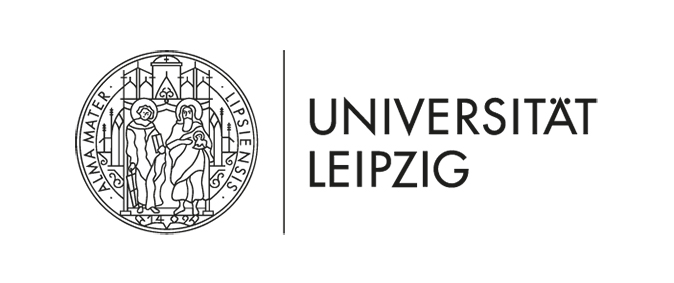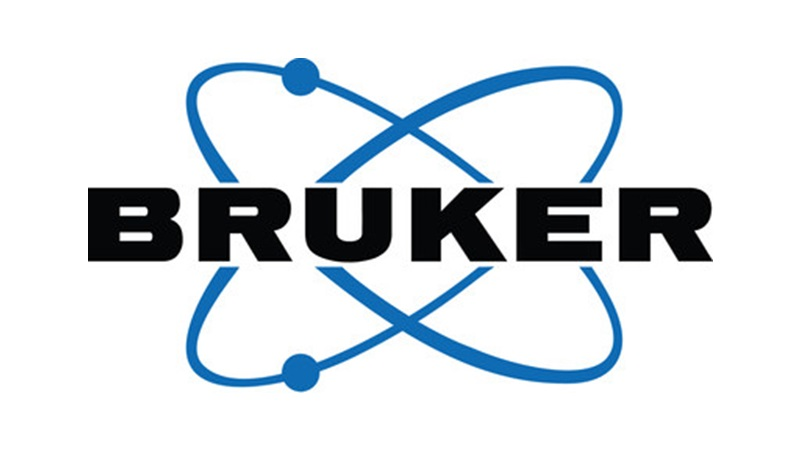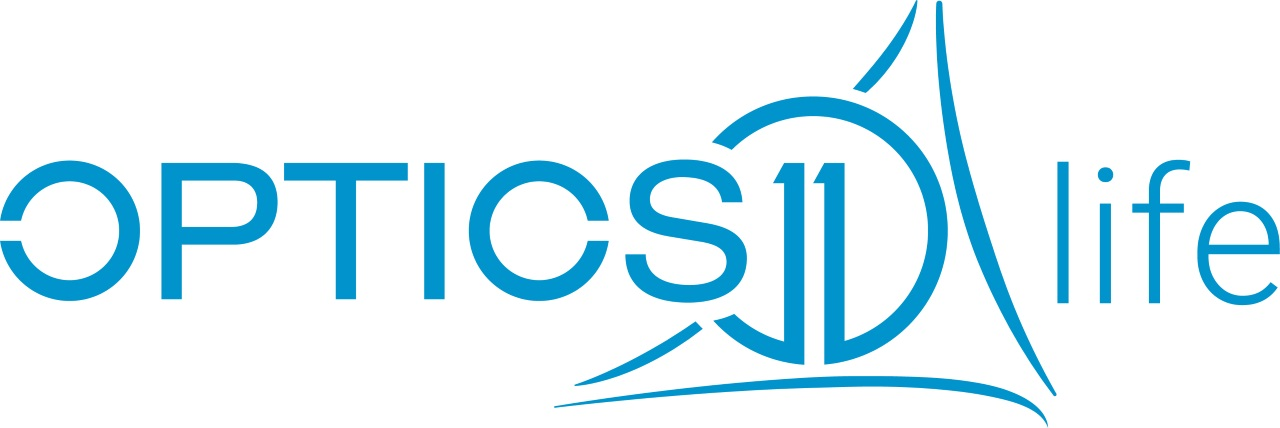|
14th Annual Symposium Physics of Cancer Leipzig, Germany Oct. 4 - 6, 2023 |
PoC - Physics of Cancer - Annual Symposium | |||||||||||||||
|
|
Contributed Talk
Vascularized neuroblastoma-on-a-chip
Contact:
In recent years, regenerative therapies have led to the development of miniature-engineered human tissues called organs-on-a-chip, compact devices replicating organ functions for biomedical exploration. Tumors-on-a-chip leverage this technology to reshape cancer research and drug development, reproducing tumor features in a scaled-down 3D format for quicker patient translation.
Neuroblastoma (NB), a rare and challenging childhood cancer, can benefit from this technology due to the lack of accurate preclinical models. The intricate tumor vascularization mechanisms, including angiogenesis and endothelial transdifferentiation, make NB suitable for investigation. This study proposes an innovative NB-on-a-chip model to capture both angiogenesis-driven and transdifferentiation-induced vascularization processes. To achieve it, a biomaterial to match the inherent low stiffness of NB tumors was engineered. Two distinct formulations, FX5 and FX3, were developed, falling within the stiffness range characteristic of NB. Detailed analyses were conducted on gelation dynamics and diffusion within microfluidic chip setups, confirming the platform's suitability for maintaining nutrient supply through diffusion. Also, to assess compatibility and vasculoinductive properties, NB cells were cultured on both biomaterials. Live/dead assays demonstrated the biocompatibility and absence of cytotoxicity for at least seven days. However, the materials exhibited limitations in enhancing the expression of critical endothelial markers such as CD31/PECAM and CD34, thus facilitating endothelial transdifferentiation. Co-culturing NB cells and HUVECs in a mix of RPMI and endothelial medium (EGM) highlighted FX5's superior ability to support co-culture viability, albeit without significant improvements in marker expression levels. Notably, FX5 facilitated the formation of grouped proto-tissue-like vessels expressing CD31, indicating its potential to support vessel-like structures. Consequently, FX5 was selected as the preferred biomaterial for further investigations. Finally, perfusion was applied for six days at physiological shear stress of 36 dynes/cm², a value comparable to the shear stress experienced by human arteries and capillaries. Notably, applying shear stress led to the formation of vessel-like tubular structures, confirming tissue development. Histological analysis and CD31 endothelial marker staining validated the presence of vasculature. Significantly, we demonstrated the successful formation of the alternative vasculature within the tissue by simultaneously identifying tumor-derived endothelial cells expressing CD31 (endothelial marker) and MYCN (neuroblastoma marker). In conclusion, the presented neuroblastoma-on-a-chip model holds substantial promise as a valuable tool for advancing our understanding of NB tumor biology and facilitating the development of vascular-targeted therapies. |









